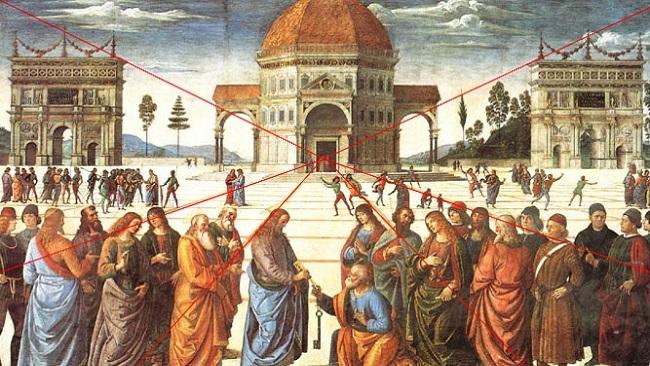Beauty pattern is an expression used to characterize a beauty model that is considered "ideal" in a society.
The standard of beauty in history
Even before having that name, standards of beauty have always existed throughout history and have changed over time. We can observe this, for example, when noticing how the most used clothes, hairstyles and makeup were at a given time.
The standard of beauty is also different in each country or region. For example, the standard of beauty in Western culture is different from Eastern culture. However, regardless of the specific beauty standard of a given society, the existence of aesthetic standards considered ideal is part of all cultures.
Beauty pattern examples
See some examples of different standards of beauty throughout history.
 The timeline shows that the standard of beauty has changed a lot throughout history.
The timeline shows that the standard of beauty has changed a lot throughout history.
The standard of beauty and the media
The role of the media as largely responsible for propagating the concepts of standard of beauty is also widely discussed.
Television and cinema, for example, helped to build the idea of a certain ideal standard associated with beauty. Currently, social networks also have a great influence on the dissemination of these patterns...
Beauty media and market
The reinforcement of standardized ideas about the concept of beauty is also used to promote products or services that are marketed by the beauty industry.
Some examples are specific products for weight loss, appearance of aesthetic procedures, cosmetics, gyms and physical training.
Criticism about standards of beauty
One of the main criticisms of these models is that the definition of an aesthetic standard does not encourage respect for differences. Furthermore, it can also hinder the perception that beauty is a subjective, plural and diverse concept.
The existence of a single standard - socially accepted and pre-established - defines that only a certain type should be considered aesthetically beautiful or acceptable.
Furthermore, standards can strengthen the existence of stereotypes, that is, strict ideas about what is socially accepted as beautiful.
Criticism of standards also involves questioning how to define the standard, since it is a restricted view, which does not encompass the different types of people, each with its own beauty.
As a result, it is common for people who do not fit the predetermined pattern to feel sad and low in self-esteem for being "out of the pattern".
the concept of beauty
Perceptions of what is "beautiful or ugly" are subjective and vary from person to person, as well as changing with cultures, countries or historical moments.
The adoption of a single concept of beauty, in addition to being restrictive, can reinforce feelings of contempt and prejudice in relation to all forms of aesthetic presentation that are different from what was chosen and determined as beautiful.
Read more about the meanings of self esteem, stereotype, aesthetics, beauty and preconception.
The standard of beauty and its consequences
The imposition of a standard of beauty can bring countless consequences, from self-esteem problems to the development of disorders related to self-image.
the development of eating disorders it is also a common and dangerous consequence of imposing the standard of beauty. The obsession to reach an unattainable standard of perfection can even put your health at risk.
O increase in the number of surgical interventions and aesthetic procedures is also a very visible consequence of the imposition of standards of beauty.
eating disorders
According to data from the National Institute of Mental Health in the United States, approximately 70 million people develop some type of eating disorder during their lifetime. Women make up the majority of this index and account for about 85% of cases. Anorexia and bulimia are two of the most common disorders.
At anorexia, the person develops a kind of obsession with weight loss and can use several unhealthy methods to lose weight, in addition to spending many hours without eating.
In anorexia, it is common for people to have a distortion of their self-image, seeing themselves larger or heavier than they really are.
At bulimia, it is common for the ingestion of excess food to occur, alternating with episodes of provoked vomiting. The cyclic process takes place to fuel the desire to avoid weight gain.
There are also other disorders, such as vigorexy (change in self-image) and the orthorexia (obsession for healthy eating).
See also the meaning, types and examples of stereotypes.

